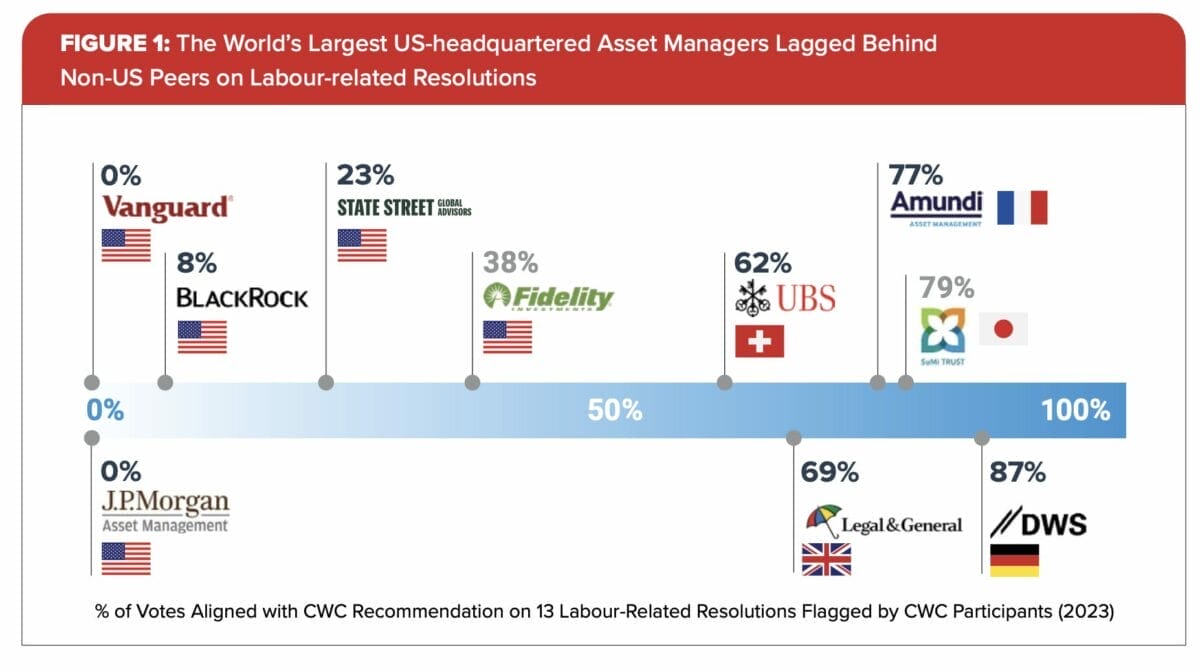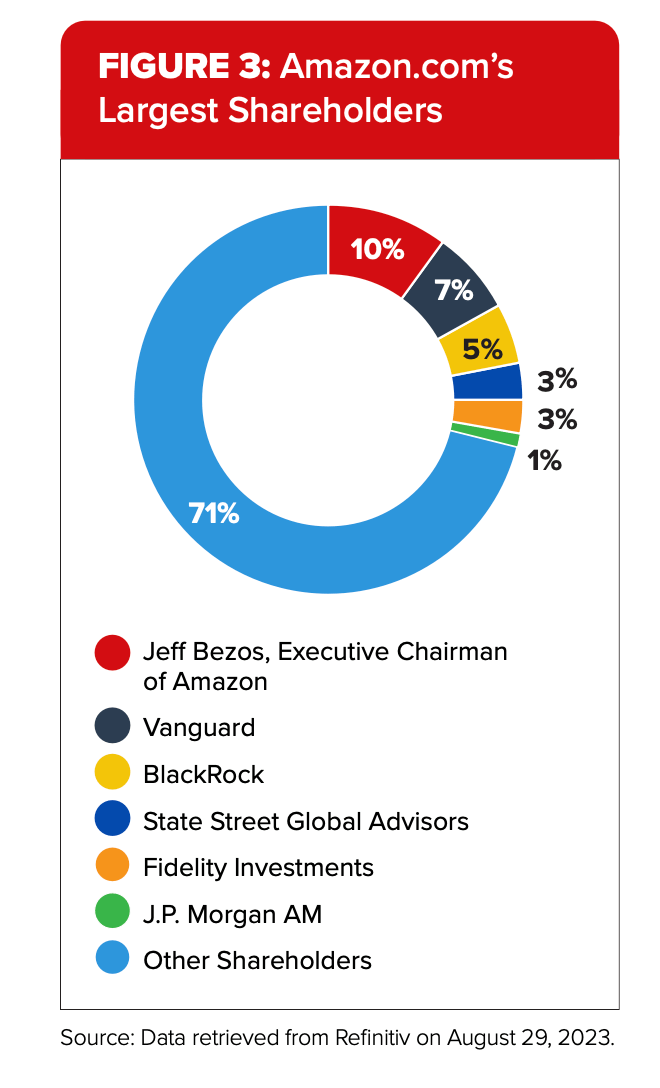Arizona State Retirement System (ASRS) the $50 billion pension fund for some 600,000 public sector employees in America’s Four Corners region, will opportunistically increase both US and international public equity exposure in line with its moderately bullish view on public equities and a new strategic asset allocation that targets 44 per cent of AUM in the asset class.
The global public equity allocation is mostly passive in line with a belief in the efficient market hypothesis. However, the investment team does introduce marginal enhancements to index weights and takes advantage of trading opportunities within the tactical asset allocation in what executive director Paul Matson calls “enhanced passive”, that isn’t a fundamental approach but still seeks to add small, incremental returns where possible. The strategy has helped the fund achieve a 10-year return of 8.45 per cent, amongst the top 6 per cent of US public funds.
Similarly, ASRS’s public fixed income allocation (with a target range of between 3-12 per cent) is also passive but “enhanced” by marginal duration and credit decisions. All US equities and two-thirds of the bond allocation (around one third of total assets) are managed in-house where strategy is driven by a “house view” on capital markets.
The development and articulation of macro views on interest rates, corporate spreads and asset valuations ensures consistency among investment decisions, clarity of direction, baselines for debates, and conformity of understanding, Matson, a Canadian native who joined ASRS as CIO in 1995, tells Top1000funds.com.
“Portfolio managers should understand macro level fund management issues,” he says. “Judgement counts; it is more than just data, and most common practice is typically and harmfully confused with best practice.”
MANAGING overweight in Private markets
ASRS’s risk-on strategy runs alongside a similarly large portion of AUM (around half the total fund) in private markets where Matson is currently tweaking the pacing program in a bid to decrease over-allocations.
Costs in private markets are kept low by focusing on relationships with a smaller number of highly qualified managers. Investment is shaped around bespoke separate account partnerships at reduced fees that also come with custom investment criteria and favourable liquidity terms. The approach gives ASRS rights to influence or determine the pace of investment and liquidation of the partnership, he says.
ASRS views all management fees, carried interest, revenue sharing, transaction spreads and commissions under the umbrella of “market frictions.” Combined, they can be significantly detrimental to investment performance, and as a result transactions are only based on the conviction that they will increase investment returns or decrease risks net of all market frictions.
“The key things we consider when investing in private markets include sector/style allocations, quality of management, organizational structure, liquidity, terms, and limited partner rights,” he lists.
Matson has built the organisation’s culture around both consistency and agility, and says he’s comfortable diving into whatever comes up across the 11-person investment team; customer service or governance.
“My role is multi-faceted, consisting of investment management from all angles and views, actuarial analysis, cyber oversight, cost containment, customer service, and governance. One of the most interesting parts of this is the opportunity to integrate all of these into a consistent organizational culture. Working with agile colleagues is fun!”
Other key leadership priorities include ensuring the production of all research and reports is always fed into decision-making. And he’s just as mindful of not wasting time in decision-making as he is managing resources or talent. Communication, he says, should be “concise and affable” and he insists all senior executives (outside the investment team) also understand how the various portfolios work and integrate.

